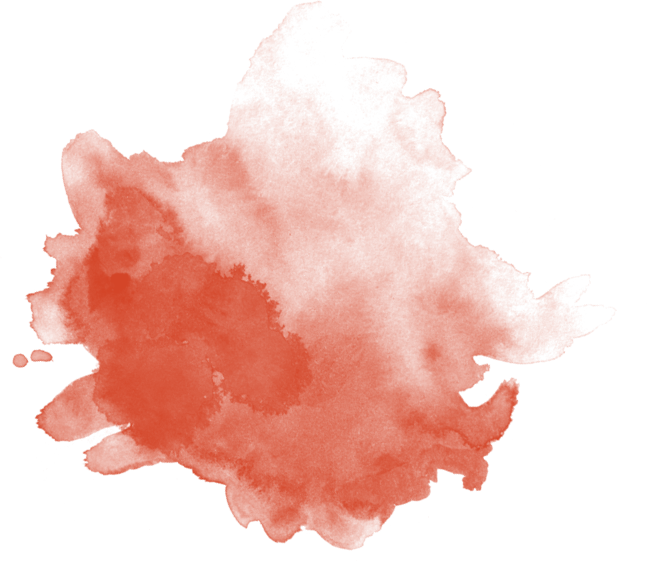The unprecedented exhibit, “Our”Story: 400 Years of Wampanoag History, reveals little-known historic and cultural realities of the “people of the first light.”
The Wampanoag have lived in southeastern Massachusetts for more than 12,000 years. They are the tribe first encountered by Mayflower Pilgrims when they landed in Provincetown harbor and explored the eastern coast of Cape Cod and when they continued on to Patuxet (Plymouth) to establish Plymouth Colony.
In 2020, America commemorated the 400th anniversary of the Mayflower voyage and the founding of Plymouth Colony, a story that cannot be told without the perspective of the indigenous people who were here as that ship arrived and who still remain.
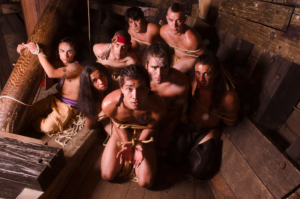
Chapter 1: Captured: 1614
In 1614, a European explorer kidnapped twenty Wampanoag men from Patuxet (now Plymouth) and seven more from Nauset on Cape Cod to sell them as slaves in Spain. Only one is known to have returned home: Tisquantum, who came to be known as Squanto. This tragic and compelling backstory to the colonization of Plymouth has been long overlooked comes to life in the exhibit’s dramatic images and video impact statements.
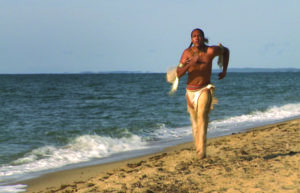
Chapter 2: The Messenger Runner
How did the Wampanoag stay connected and share important information efficiently with neighboring villages and other tribes? The Messenger Runners— members of the Tribe who were chosen, based upon their endurance and their capacity for memory, to run to neighboring villages and territories to deliver essential messages.
This exhibit includes the most extensively researched and documented map tracing the roots of the Wampanoag territory in the 17th century ever produced as well as a short video presentation about the messenger mission.
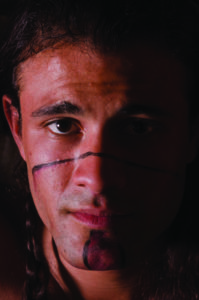
Chapter 3: The Great Dying – 2016
God’s Will or Unfortunate Circumstance?
Between 1616 and 1619 Native villages of coastal New England from Maine to Cape Cod were stricken by a catastrophic plague that killed tens of thousands, weakening the Wampanoag nation politically, economically and militarily.
The exact nature of the Great Dying may never be known but what is certain is that it was a sickness of European import that Natives had no immunity from or cure for. As such it consumed its victims, rotting them from within and causing their skin to turn yellow and fall off. As a witness conveyed to Thomas Morton, “…the hand of God fell heavily upon them, with such a mortal stroke that they died on heaps as they lay in their houses…” Among the dozens of villages wiped out was Patuxet where Thomas Hunt had kidnapped 20 men in 1614 including Squanto, the only one known to return. He returned in 1619 to find all was lost. A year later Patuxet became Plymouth Colony.
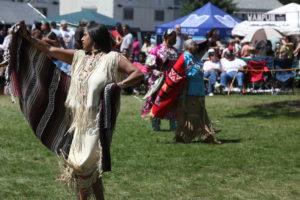
Chapter 4: Powwow – 2017
The powwow is celebrated by Native people across the country primarily during summer when dancers in vibrant regalia fill the circle, proudly performing to a drum beat that echoes the heart of the people.
While the word “powwow” is derived from an Algonquin word for spiritual healer, the Ponca nation of the Southern Plains is credited with holding the first modern, intertribal powwow. Today powwows are a fixture of contemporary pan-Indigenous life. Some, like the Gathering of Nations powwow held in Albuquerque, New Mexico, are massive events drawing thousands of dancers, singers, and artisans from hundreds of tribal nations to compete for prize money. Smaller powwows tend to focus on an individual tribe’s traditional songs and dances. The Mashpee and Aquinnah Wampanoag powwows, held in early July and September respectively, feature contemporary dancers from tribes across the United States and Canada while also highlighting ancient regional traditions such as the women’s Eastern Blanket and men’s Eastern War dances. No matter where they are held, all are welcome to attend.
Each Indigenous person born into this world is a victory against colonialism. We powwow to thank our ancestors for their sacrifice, to celebrate our resilience, and to demonstrate that our songs, dances, spirits, and ceremonies survive.
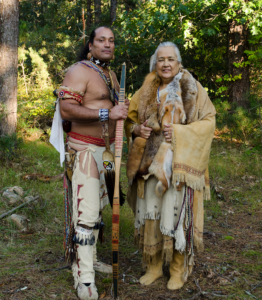
Chapter 5: Governance – 2018
The unique style of governance practiced by the Wampanoag and other Algonquin nations was so appealing to the founding fathers of the Untied States that many elements are reflected in the constitution.
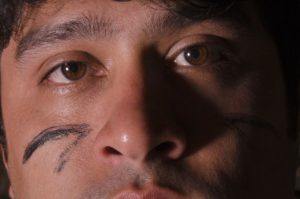
Chapter 6: Squanto Returns – 2019
Kidnapped in 1614, learn how Squanto finally found his way home and what he had to return to.

Chapter 7: National Day of Mourning – 2020
In 1970 Frank James of the Aquinnah Wampanoag Tribe was asked to speak to commemorate the 350th Anniversary of the Mayflower voyage. His remarks were censored and he declined the invitation and made his speech instead in the shadow of the statue of Massasoit on Cole’s Hill in Plymouth on Thanksgiving Day. The action embraced by the American Indian Movement sparked a national trend for tribes to observe a National Day of Mourning instead of the Thanksgiving holiday.
“Our”Story: 400 Years of Wampanoag History is conceptualized, researched, and produced by SmokeSygnals Marketing and Communications and The Indian Spiritual and Cultural Training Council Inc. The exhibit is part of Plymouth 400, Inc.’s Signature Programs and Events. Additional chapters of Wampanoag history have been added each year through November 2020.
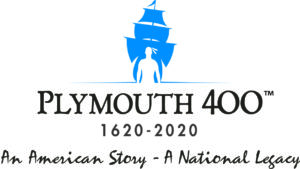
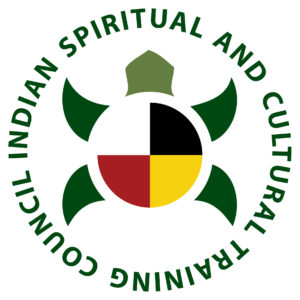
Plymouth 400, Inc. is a not-for-profit organization in Plymouth, Massachusetts formed to lead the planning and execution of programs and events commemorating the 400th anniversary of the 1620 Mayflower voyage and the founding of Plymouth Colony. The Plymouth 400 Anniversary highlighted the cultural contributions and American traditions that began with the interaction of the Wampanoag and English peoples, a story that significantly shaped the building of America.
The Indian Spiritual and Cultural Training Council Inc. is based in West Barnstable, Massachusetts, and serves the Native people of the region. The goal of the ISCTC is to sustain tribal history and culture through programs, training and opportunities that encourage traditions to thrive.
“ But one Thomas Hunt… betrayed twenty seven of these poore innocent soules which he sould in Spaine for slaves, to move their hate against our nation…”
– Captain John Smith as featured in “Our”Story: 400 Years of Wampanoag History
Click here to see the “Our”Story video library on YouTube.
